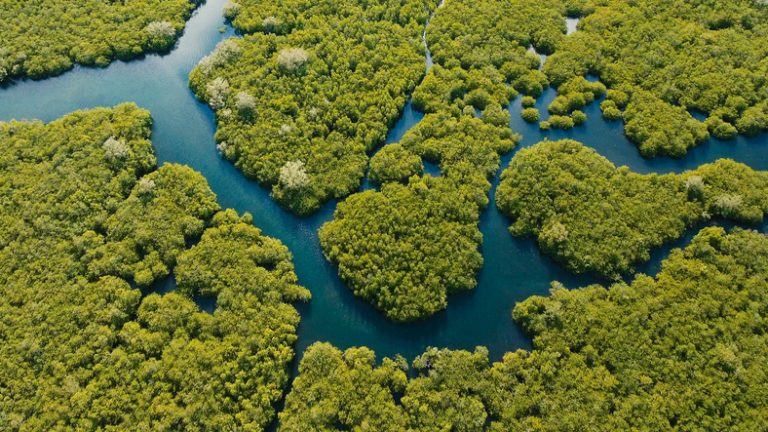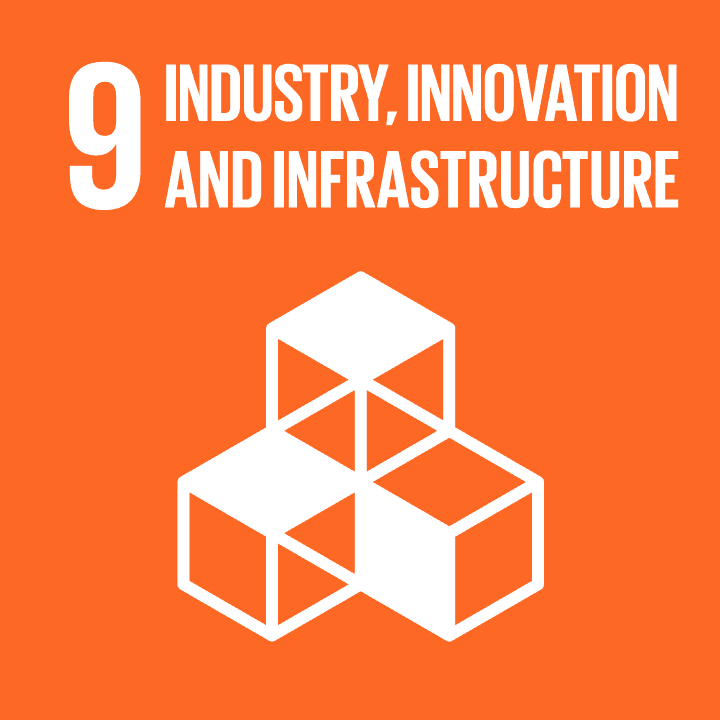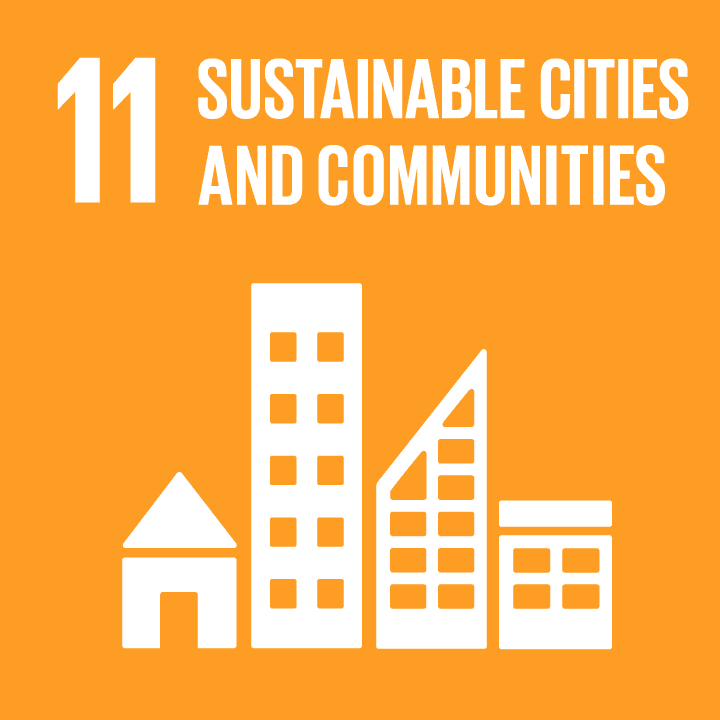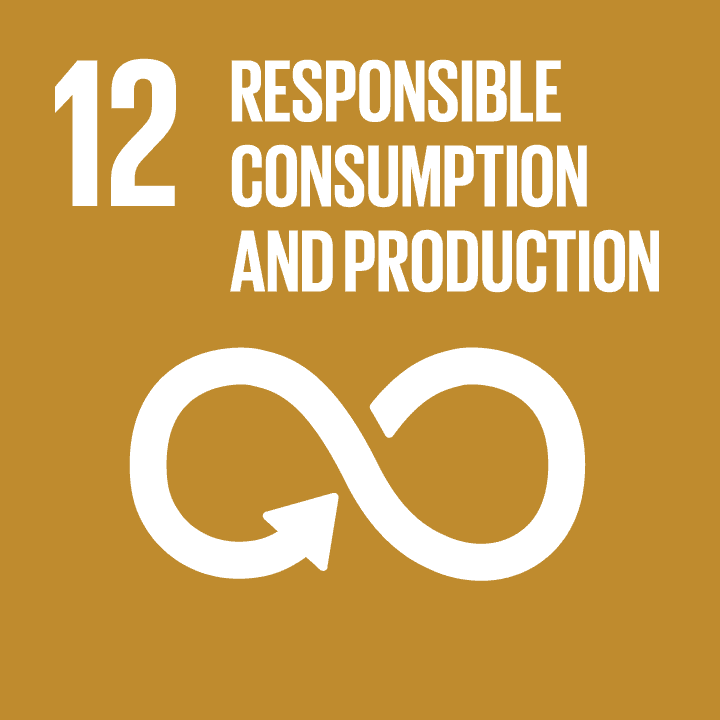An island without land… is?
 Photo: © iStock-911765310_Alexpunker
Photo: © iStock-911765310_Alexpunker - Resource Type
- Project
- Subjects
- Earth Science
- Topics
- Climate Change Ecosystems
- Time for activity
- 15-20 Minutes
An introduction to soil-water dynamics, geological subsidence, soil liquefaction, and how it is linked to land subsidence and soil liquefaction. The Philippines
in an archipelagic country with a 36 289 km coastline length—making it 5th in the list of longest coastlines in the world.
- Introduction
-
An introduction to soil-water dynamics, geological subsidence, soil liquefaction, and how it is linked to land subsidence and soil liquefaction. The Philippines in an archipelagic country with a 36 289 km coastline length—making it 5th in the list of longest coastlines in the world. The coastline of the Philippines symbolizes the livelihood of Filipinos, encompassing the sector of fisheries, transportation, and tourism. However, one of the main challenges that the country face is land subsidence and soil liquefaction. Many cities and islands in the Philippines are sinking. Additionally, accounts of sinking land areas inland/away from the coastline were also documented. Still, reclamation and groundwater extraction policies are not all too well-reviewed. The country’s awareness of the land subsidence and soil liquefaction issue is also limited, attributing the phenomena mostly to sea-level rise and folktales, negating the possibility of mitigating it through local management and local policy efforts. This activity will focus on the concept of soil and water dynamics in the context of human community safety and hazards. An experiment that can easily be replicated at home will be demonstrated by the facilitator to show the effects of aggressive groundwater extraction, reclamation, and unregulated coastline developments. Proceeding discussion can open the topic directed towards awareness, environmental (water) conservation and mindfulness, and ultimately, policy and regulation reviews.
- Key Objectives
-
- Introduce the learners to soil and water dynamics alongside
basic hydrogeological concepts; - Educate the learners about the possible hazards of
geological subsidence and how to mitigate this; - Allow the learners to understand the importance of regulated
groundwater extraction and development projects; - (Optional) Present an opportunity for learners to realize the
need for coastal environment studies and groundwater policies.
- Introduce the learners to soil and water dynamics alongside
- Guiding Questions
-
- When it rains – where do you think the water
goes? - Do you think much seeps into the ground – is
there much water in the ground under our feet? - Do you think the water in the ground has any
effects? - What happens when you mix water and soil?
Does it change the soil – does it change slowly as
you add water, or does it change suddenly. - What makes up our soil – how are soils similar or
different? How is sand different from pebbles?
What about the difference between rocks, mud,
clay and loam? What do they feel like to touch? - How is wet sand different from dry sand (visual
and tactile)? How is wet loam different to dry
loam? - Is water infinite? Where does groundwater come
from?
- When it rains – where do you think the water

/rating_on.png)
/rating_half.png) (12 )
(12 )





